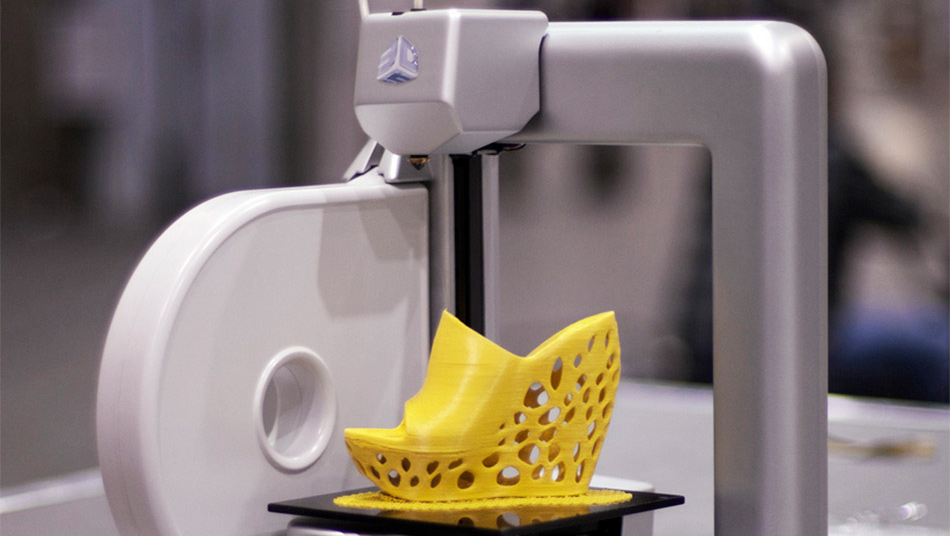
3D printing technology. The latest printing technique in finalists’ creativity
05 November 2015
Many of you will have heard about 3D printers, which many believe are going to re-define the relationship between consumers and product developers entirely. Designing a 3D object on your computer and seeing it come to life under your eyes by clicking “print” would have been labelled as science-fiction only 4 years ago. Now a future scenario tells us we’ll be purchasing 3D specs of spare parts or small objects to print them at home. We won’t be waiting for packages anymore, or drive to the nearest store. The shift goes from purchasing a physical object to purchasing information on its physicality and doing the rest alone, perhaps tweaking those specs to our own specific purposes.
Lately the market has welcomed a number of consumer 3D printers at increasingly accessible prices, which means the shift is already taking place. And of course even the limits in dimensions will be soon overrun: industrial printers are being developed to produce long objects (up to 30 meters) to be used in aerospace industries, for instance.
The opportunities this technology is opening in the world of design (we won’t even begin talking about other fields of application, like 3D printed organs…) are of course huge, and the above only hints at the possibilities. Fashion, accessories and jewelry design make no exception and we have seen 3D printing spread like a virus among young designers who are using this technology more and more in their projects. A number of ITS finalists have presented brilliant examples of 3D printed collections.
ANNIE BERNER
Annie’s “Digital Deco” jewelry collection couldn’t be a better example when it comes to blending artisan techniques with digital tools. 3D printing gave her the opportunity to produce very complicated, chunky pieces inspired by New York Art Deco which play with people’s perceptions: They appear to be made of heavy, precious metals since the finish colours replicate copper, gold and precious stones. On the contrary they are super-light, developed from a cheap plastic powder “cooked” in shape by the 3D printer in thousands of layers one on top of the other.
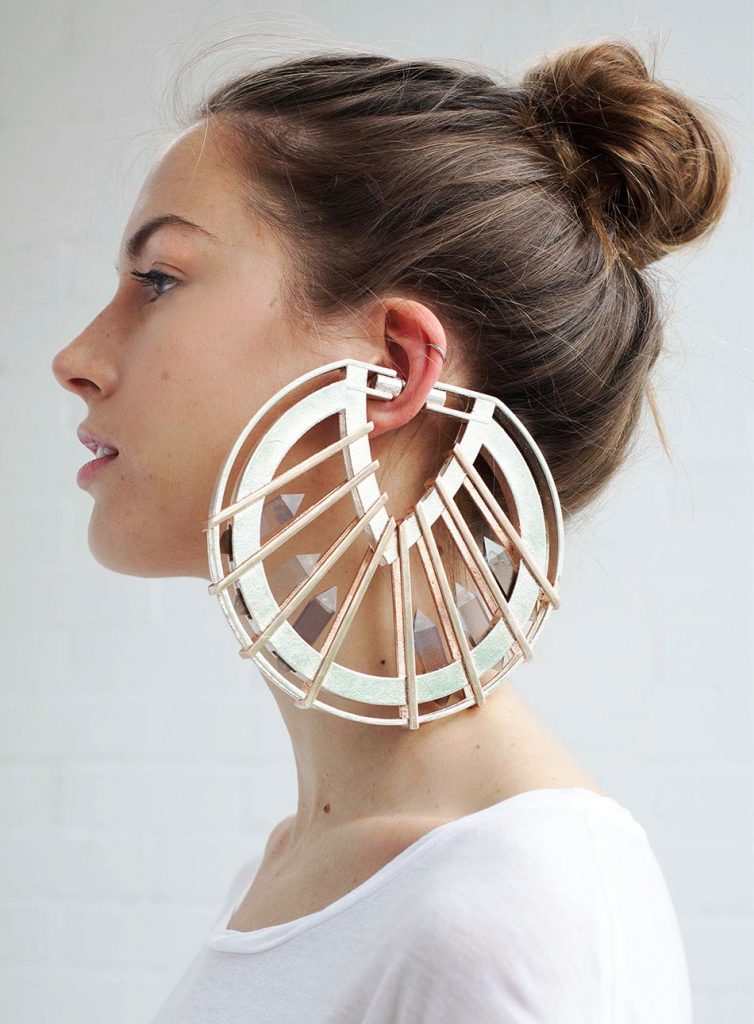
LIZ CIOKAJLO
Liz went for a very interesting take on 3D printing. She basically noticed there still is a lot of space for development when it comes to the use of natural materials in this field and she researched in the product and furniture industries and in new wovens to explore sustainable alternatives. What she was able to obtain with her footwear collection was pretty outstanding, raising new challenges to which materials are acceptable in a trend-lead fashion context and also paving the way for sustainable 3D printing.
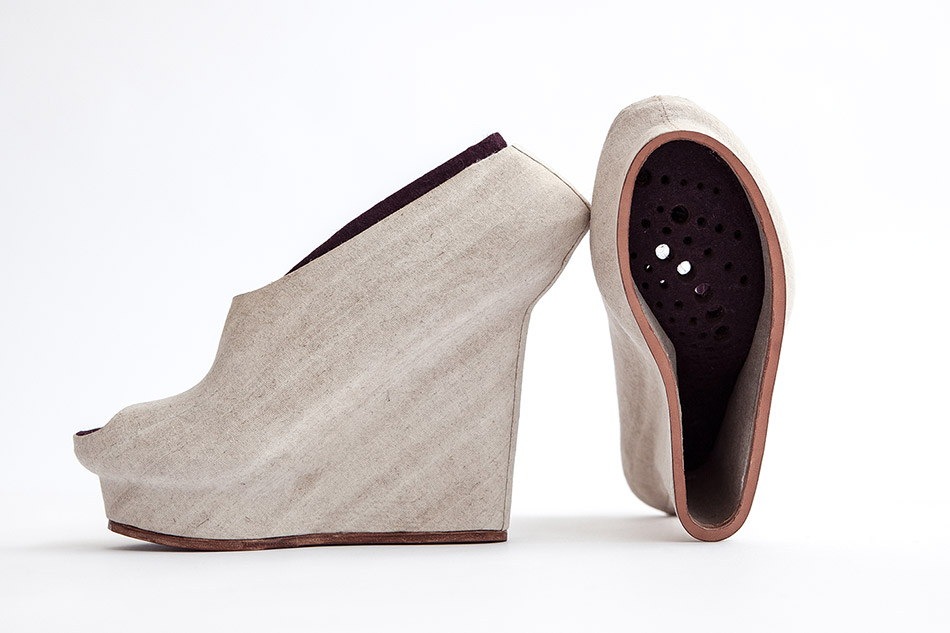
DORRY HSU
The jewelry project presented by Dorry at ITS 2013 is the perfect exemplification of how 3D printing allows the most complicated shapes using non-conventional materials like latex in this case. Inspired by one of her deepest fears (many-legged insects) the shapes were developed using a mix of technologies. Having a background in sculpture, Dorry decided to develop her digital shapes with the aid of an haptic arm and then transfer the obtained digital files to a 3D printer, which was capable of reproducing the impressive details of the digital files.
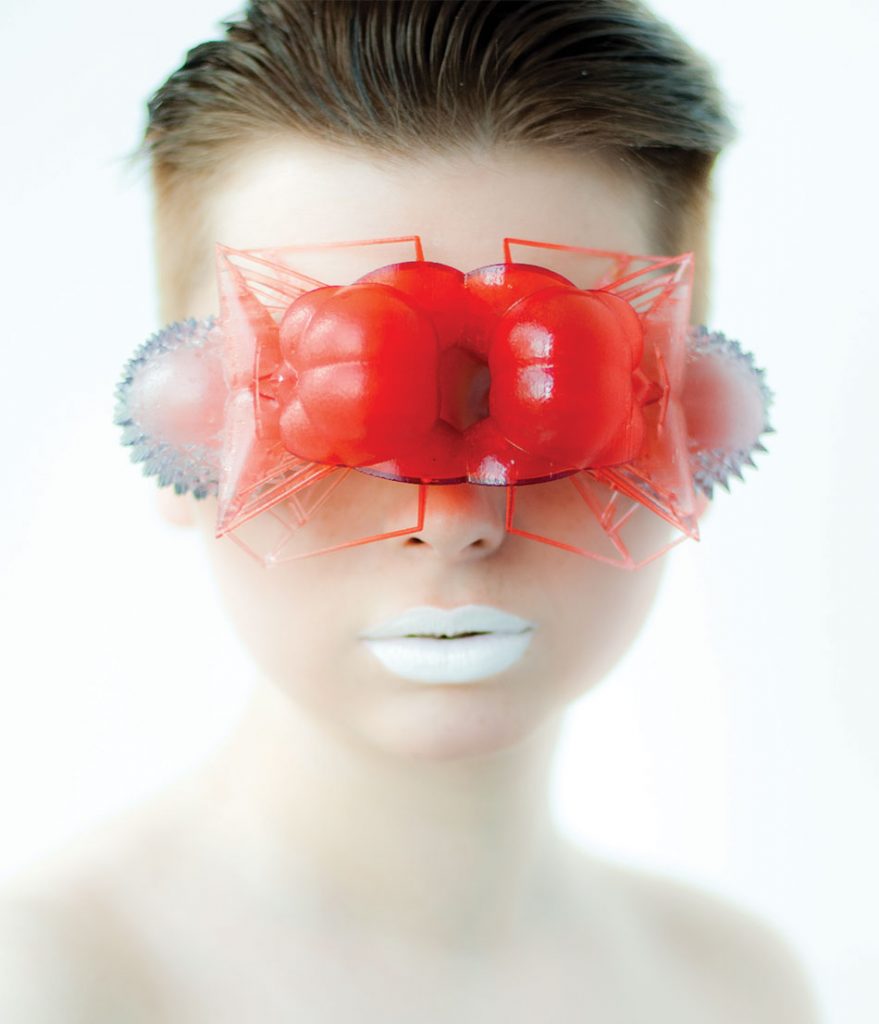
VICTORIA SPRUCE
Victoria’s footwear collection presented at ITS 2013 had some incredible heel designs in it. The shapes developed from her idea that the heel can be part of the base and create a single flowing line that wraps the foot. Without 3D printing the process to reach her final prototypes would have been incredibly time-consuming, probably impossible if one looks at the organic shapes she applied to the heels.
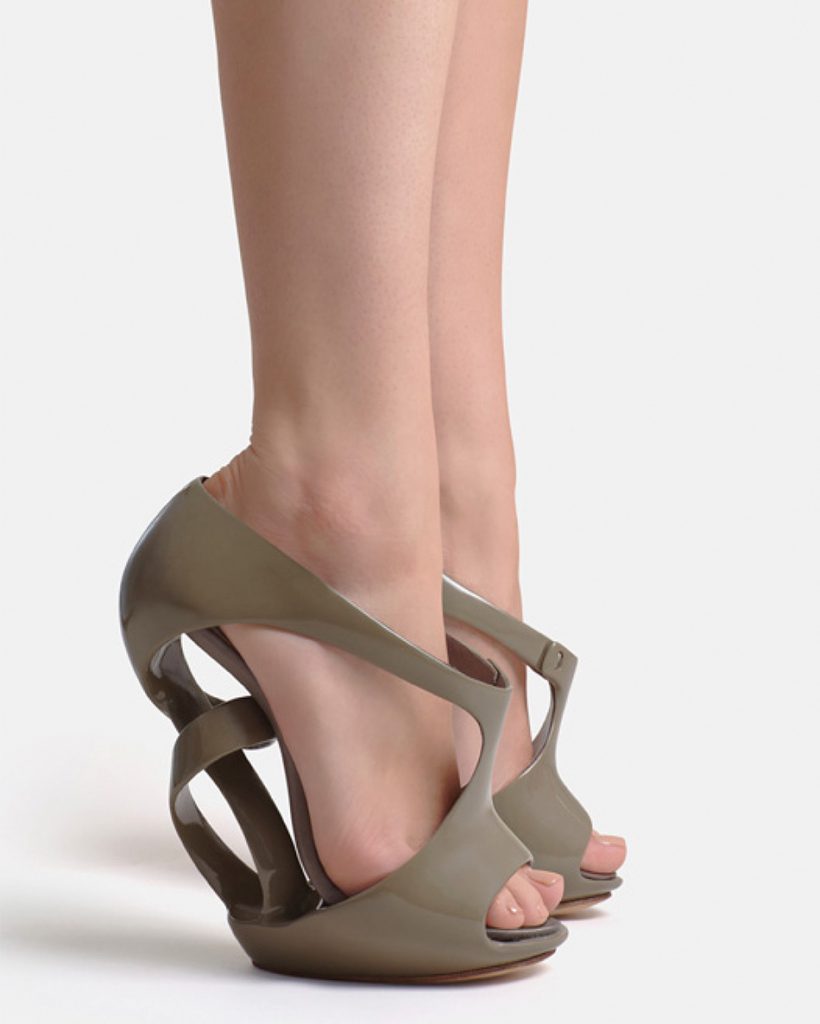
These are just tiny examples of a real revolution we are witnessing in the fashion world. Eyewear, bags, clothing…3D printing is stepping into so many fields. The only limit appears to be the materials the printers can use, though huge developments are being made in this too. New technologies are proving to be powerful elements in the evolution of fashion. There isn’t only 3D printing of course: wearable technology at large will revolutionise fashion. But that’s another story.